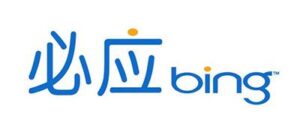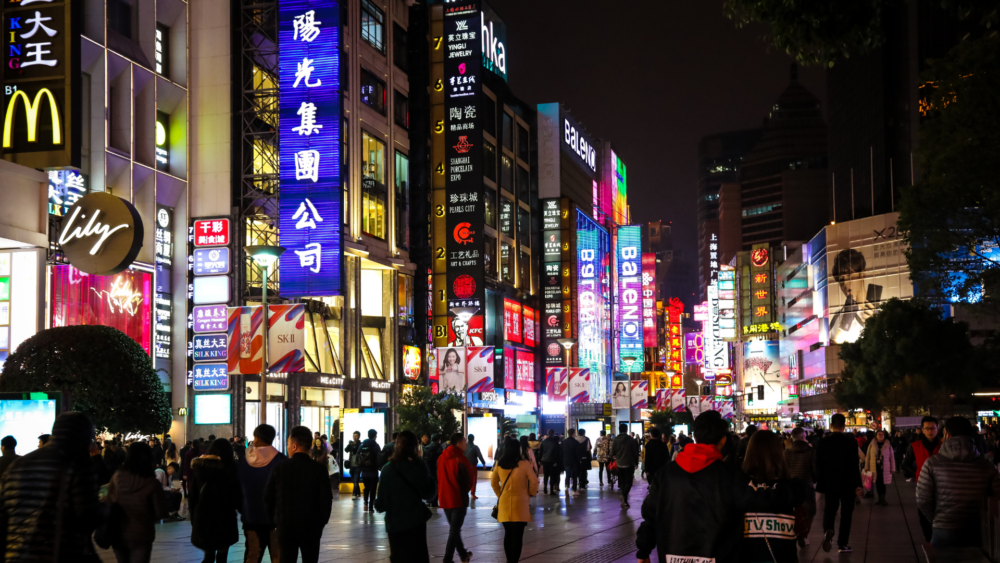Get your brand name translation wrong and you could jeopardise your entire globalisation strategy. There are plenty of examples of well-known global brands, such as Ikea, Mercedes-Benz and Coca Cola, who failed to do their research on brand naming and had to rapidly back-pedal to make up for the mistake.
First impressions last.
It goes without saying that brand misfires are expensive. Not only in the short term, with product recalls and affected sales. But over the longer term, it can take many years for mistakes to be forgotten. It is difficult to estimate the time needed to put things right and to assess the overall cost impact in a market where things went wrong.
Brand naming is the first, most obvious aspect of global branding – yet often a blind spot for some Western companies, who may think they are saving on research and translation costs but are actually putting their global brand reputation at risk.
The ultimate question: should I translate my brand name?
There is no universal answer. Linguistic and cultural assessment are key when entering each single new market. This is especially true when it comes to non-Roman scripts such as Russian, Arabic, Hindi, Hebrew, Thai, Korean, Japanese, Traditional and Simplified Chinese.
Transliteration vs. Transcreation
Transliteration is the one-to-one conversion of one script’s characters into another’s. It aims at reproducing the original spelling rather than focusing on sounds or meanings.
When it comes to brand name translation, however, the most effective approaches are typically either phonetic transliteration (also called transcription) or semantic adaptation (also called transcreation).
Transcription has to do with the process of representing the phonemes (i.e. sounds) of another writing system. It goes without saying that phonetically transliterated brand names have similar pronunciation but – unless you are very lucky – different or no meaning at all in the target country.
Using phonetic transliteration can be extremely risky for careless brands. According to a popular anecdote (perhaps an urban myth), even Coca Cola fell into the trap, transliterating their name into something that read “Bite the wax tadpole” in Chinese.
On the other hand, semantic approaches like transcreation would convey the same meaning and brand values through a more culture-oriented adaptation.
One famous example is the search engine Bing, transcreated into “must answer/respond/agree” in Chinese. Although there are characters with an equivalent sound as the original name, Microsoft found they could have negative associations (they could mean “illness” or “sickness”). That’s why the brand name has been transcreated.

Sometimes, it is possible to combine these two approaches, taking both pronunciation and meaning into account. For instance, the brand name Coca Cola uses in China nowadays has been phonetically transliterated and happens to mean “Happiness in the mouth” or “Tasty fun”. This can be defined as ‘culturally aware’ transliteration.
It is also quite common to see on packaging and logos the original brand name along with the transliterated (or transcreated) version. This helps brands capitalise on brand recognition and remind customers of the original brand identity.
Brand name translation: 3 key factors
In order to identify the most suitable solution for your brand, it is critical to carry out in-depth research on potential linguistic and cultural issues. The assessment must take into account the following elements:
Pronunciation & Spelling
Is the brand name easy to spell and pronounce in the target language(s)? If so, this would naturally lead to higher brand recognition and recall – just keep it that way. If it’s not, you’d better adapt your name in accordance to local taste.
Cultural Barriers
Is the brand name culturally acceptable? Does it convey negative connotations (i.e. does it sound rude and offensive)? Do colours, numbers or symbols associated with it recall any undesirable imagery, taboo or superstition? These are just a few examples of cultural aspects you must be aware of.
Trademarks & Legal Issues
Last but not least, you’ll need to check your brand name availability as a trademark and domain name, as well as its compliance with local (trademark) legislation. Overlooking these aspects could cost your brand dear – and affect your global sales.
In a nutshell
Global branding has been defined as the biggest change in the marketing industry in the past 50 years. It is bigger than social media, mobile marketing and big data, which have revolutionised the way brands market and promote their products or services worldwide.
To avoid global faux pas, brand name translation/adaptation plays a vital role. That’s why it needs proper consideration and careful planning, as well as the support of in-market professionals with a deep understanding of both the linguistic and marketing aspects of localisation.
To discover how we can help you localise your brand name, call us on +44 (0)20 7294 7710 or e-mail us at info@creativetranslation.com.




